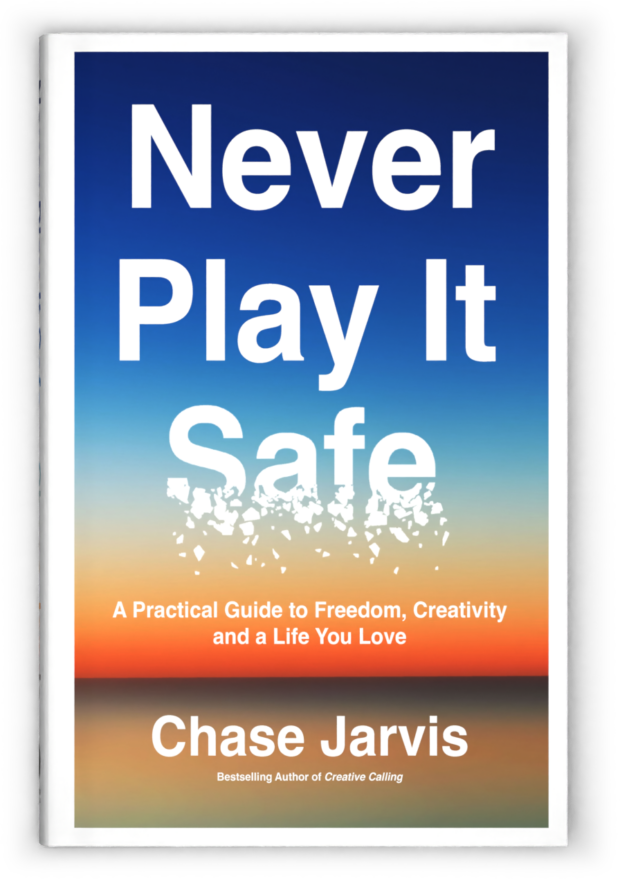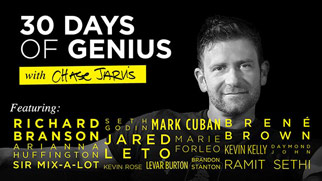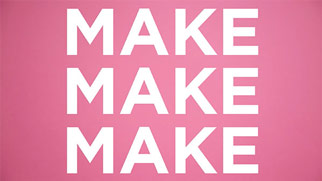
It’s not every day you get to sit down with someone who has truly reshaped the world, not just in one industry, but in half a dozen. I’m talking about Sir Richard Branson, a person whose name is synonymous with bold, audacious entrepreneurship. From music to airlines, from trains to space travel, his career is a masterclass in challenging the status quo. He launched his first business, a magazine, from a school payphone at 15. That humble start grew into the Virgin empire, a collection of more than 400 companies, all born from a unique blend of disruptive thinking and a genuine sense of fun.
What’s most striking about Richard isn’t just the scale of his success, but the spirit that drives it. He sees business not as a series of transactions, but as a blank canvas for creativity. It’s an opportunity to take something that frustrates you, something that could be done better, and build a solution that improves people’s lives. This philosophy has guided him from launching Virgin Records to change a stale music industry to creating Virgin Atlantic simply because he had a bad flight experience and knew he could do better. He is living proof that your greatest frustrations can be the source of your most impactful work.
I’m proud to call Richard a friend and an investor in CreativeLive. I’ll never forget one of our early meetings where I asked for his single best piece of advice for building a game-changing company. His answer was simple but profound: take great chances, but always protect the downside. That single idea speaks volumes about his approach. It’s a powerful combination of fearless ambition and practical wisdom, a mindset that has allowed him to fly balloons across the ocean and build rockets to the stars, all while managing a global brand. Our conversation only reinforced what I already believed, that a creative spirit is an entrepreneur’s most valuable asset.
Richard’s entire career is packed with actionable insights that we, as creators and entrepreneurs, can apply to our own work. Here are a few of the most powerful ideas we’ve discussed.
1. “Screw It, Just Do It”
This is Richard’s famous motto, and it’s the antidote to the paralysis of overthinking. He shared that one of his greatest fears is regretting not having tried something. This philosophy is about embracing action over inaction. It’s not about being reckless, but about having the courage to take that first step, even when you don’t have all the answers. The adventure, the learning, and the momentum come from the act of doing.
- Identify the smallest first step. What is the one thing you can do today, in the next hour, to move your idea forward? Send that one email. Buy the domain name. Make the one phone call.
- Embrace “good enough.” Don’t wait for perfection. Launch the beta version, share the first draft, or post the imperfect video. You can refine it later based on real feedback.
- Reframe failure as data. If it doesn’t work, it’s not a catastrophe. It’s a lesson. Ask yourself what you learned and how you can apply that knowledge to your next attempt.
2. Protect the Downside
This is the essential counterweight to “Screw It, Just Do It.” While you’re taking bold risks, you must also be smart about it. Before he attempted to cross the Atlantic in a hot air balloon, he did everything he could to prepare for the worst. In business, this means taking calculated risks that won’t ruin you if they fail. It’s about being brave, not foolish.
- Define your worst-case scenario. What do you truly stand to lose if this project fails? Write it down. Often, the reality is far less scary than the vague fears in your head.
- Start it as a side project. Can you keep your day job while you test your new business idea on nights and weekends? This lowers the financial pressure immensely.
- Limit your initial investment. Don’t bet the house. Start with a minimal viable product (MVP) or a small-scale launch to prove your concept before going all in.
3. Turn Frustration into Creation
Richard is adamant that the best businesses come from personal frustration. If something in your life is inefficient, poorly designed, or just a plain hassle, chances are you’re not the only one who feels that way. He started Virgin Atlantic after his flight was canceled. He saw a problem, felt the frustration, and instead of just complaining, he created a solution.
- Keep a “frustration journal.” For one week, write down every little thing that annoys you. A confusing website, a product that breaks, a service that takes too long.
- Ask, “How could this be better?” For each frustration, brainstorm one or two ways the experience could be improved. Don’t worry about feasibility yet, just focus on the ideal solution.
- Talk to people. Share your frustration with friends or colleagues. Do they feel the same way? Validating a problem is the first step toward building a real business.
4. Treat Your Business Like a Work of Art
Richard believes there’s little difference between a business person and an artist. Both start with a blank canvas and must obsess over every detail to create something beautiful and compelling. When he launched Virgin America, he and his team were creative about every single touchpoint, from the mood lighting and seat design to the famously entertaining safety videos. He proved that even in a stuffy, regulated industry, there is room for creativity and delight.
- Map your customer’s journey. Write out every single interaction a customer has with you, from the first time they hear your name to the moment they use your product or service.
- Find your “safety video.” Identify one boring, overlooked detail in your industry. How can you inject personality, fun, or beauty into it? This is where you can stand out.
- Embrace playful details. Richard’s team printed “Pinched from Virgin Atlantic” on the bottom of their salt and pepper shakers. This small, playful detail turned a potential cost into a brilliant marketing tool. What’s your version of that?
PS – If you’re looking for a guide to help you build the life and career you’ve always wanted, the Seven Levers for Life is a free 7-day email course on just that.





















